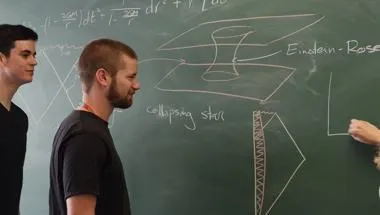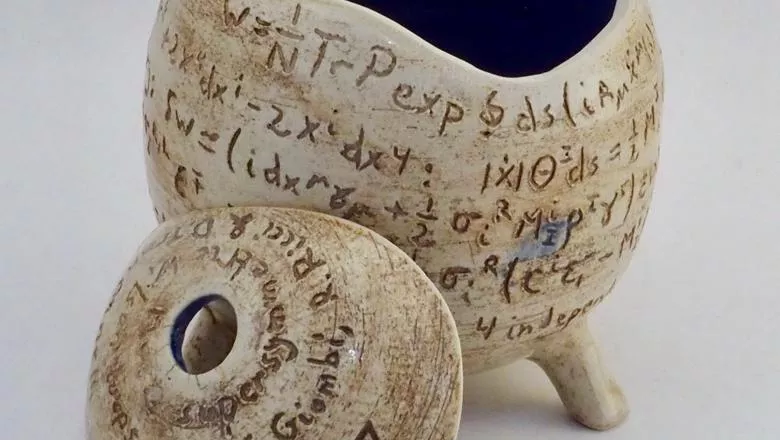
Professor Nadav Drukker
Professor of Theoretical Physics
Research interests
- Mathematics
Biography
Nadav studied mathematics and physics at the Hebrew University in Jerusalem, and got his PhD from Princeton University under the supervision of Professor David J. Gross. During the PhD he spent an extended period at the Institute for Theoretical Physics in Santa Barbara. After graduating he held research positions at The University of Southern California, The Weizmann Institute, The Niels Bohr Institute, and Humboldt University.
In 2010 Nadav was awarded an STFC advanced fellowship and spent the first year of it at Imperial College London before moving to King's College London in October 2011. He was promoted to Reader in 2015 and Professor of Theoretical Physics in 2019.
Research interests
Nadav's research interests are focused on string theory, supersymmetric field theories and exactly soluble models. More specifically he studies interconnections between these topics through the AdS/CFT correspondence and localization of supersymmetric theories. Supersymmetric field theories arise in string theory from studying extended objects, like D-branes, and the AdS/CFT correspondence provides two complementary points of view on these theories, the conventional field-theoretical description and a novel gravitational one. These theories are generally quite rich and hard to solve, so it is useful to focus on a subset of very symmetric observable quantities where the symmetry (or supersymmetry) can simplify the calculation. Indeed in many examples of this type it is possible to relate the problem of calculating these observables to famous soluble models of mathematical physics, like matrix models, conformal field theories, and integrable spin-chains.
Within this framework, his main area of expertise are Wilson loop operators. These are one-dimensional observables which can be defined in any gauge theory and probe in addition to local information on the field theory also global structure. In particular in a confining gauge theory, like QCD, these observables should scale like the area of a minimal surface enclosed by them, manifesting the linear potential between the confined quarks. A lot of his research has been on applying varied calculational tools to evaluate Wilson loop operators in supersymmetric field theories. These techniques include minimal string surfaces and their quantization, extended D-branes, matrix models, topological defects in conformal field theories, spin chains and more. It is very satisfying that these very different techniques, indeed different fields in mathematical physics, often yield the same answer.
Nadav is also an accomplished ceramic artist, making stoneware and porcelain works to represent his scientific research. The designs of the pieces feature varied aspects of his research and they are decorated with formulas that he derives and studies. His art has been exhibited in varied private and public galleries including the Royal Academy Summer Exhibition. He has a popular Instagram page where he showcases his work.
Further information
Research

Theoretical Physics
The group is at the forefront of research in supersymmetry, string and M- theory and related areas.
News
“When theorists ask something you don't know, try something new” - Nobel laureate inspires at annual Higgs Lecture
Professor David Gross was awarded the Nobel Prize for Physics in 2004 for seminal contributions to theoretical and particle physics
Creativity squared: An innovative way to document research
Dr Nadav Drukker, Department of Mathematics, is a theoretical physicist. He is also an amateur potter and three years ago decided to fuse his two passions to...

Research

Theoretical Physics
The group is at the forefront of research in supersymmetry, string and M- theory and related areas.
News
“When theorists ask something you don't know, try something new” - Nobel laureate inspires at annual Higgs Lecture
Professor David Gross was awarded the Nobel Prize for Physics in 2004 for seminal contributions to theoretical and particle physics
Creativity squared: An innovative way to document research
Dr Nadav Drukker, Department of Mathematics, is a theoretical physicist. He is also an amateur potter and three years ago decided to fuse his two passions to...

